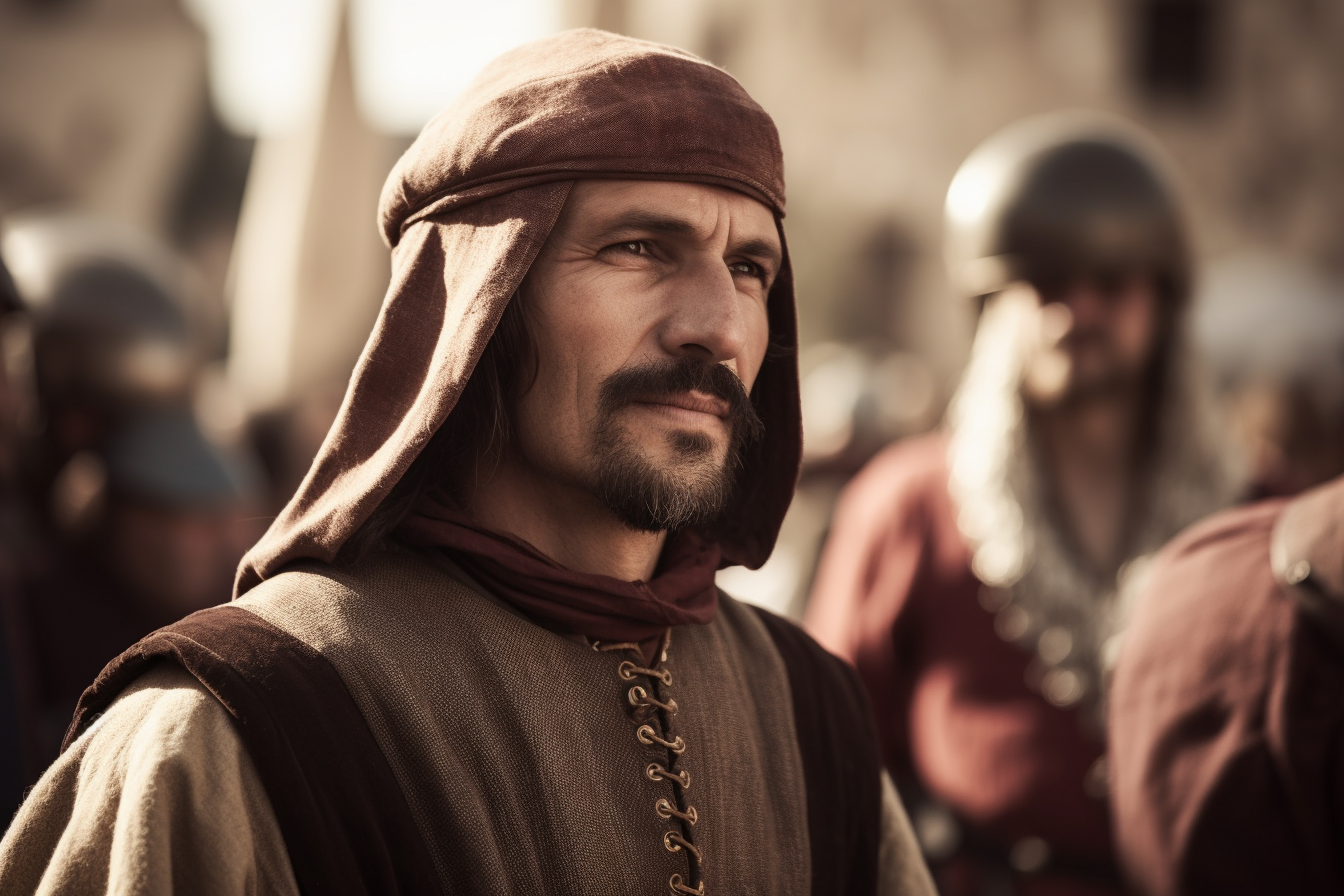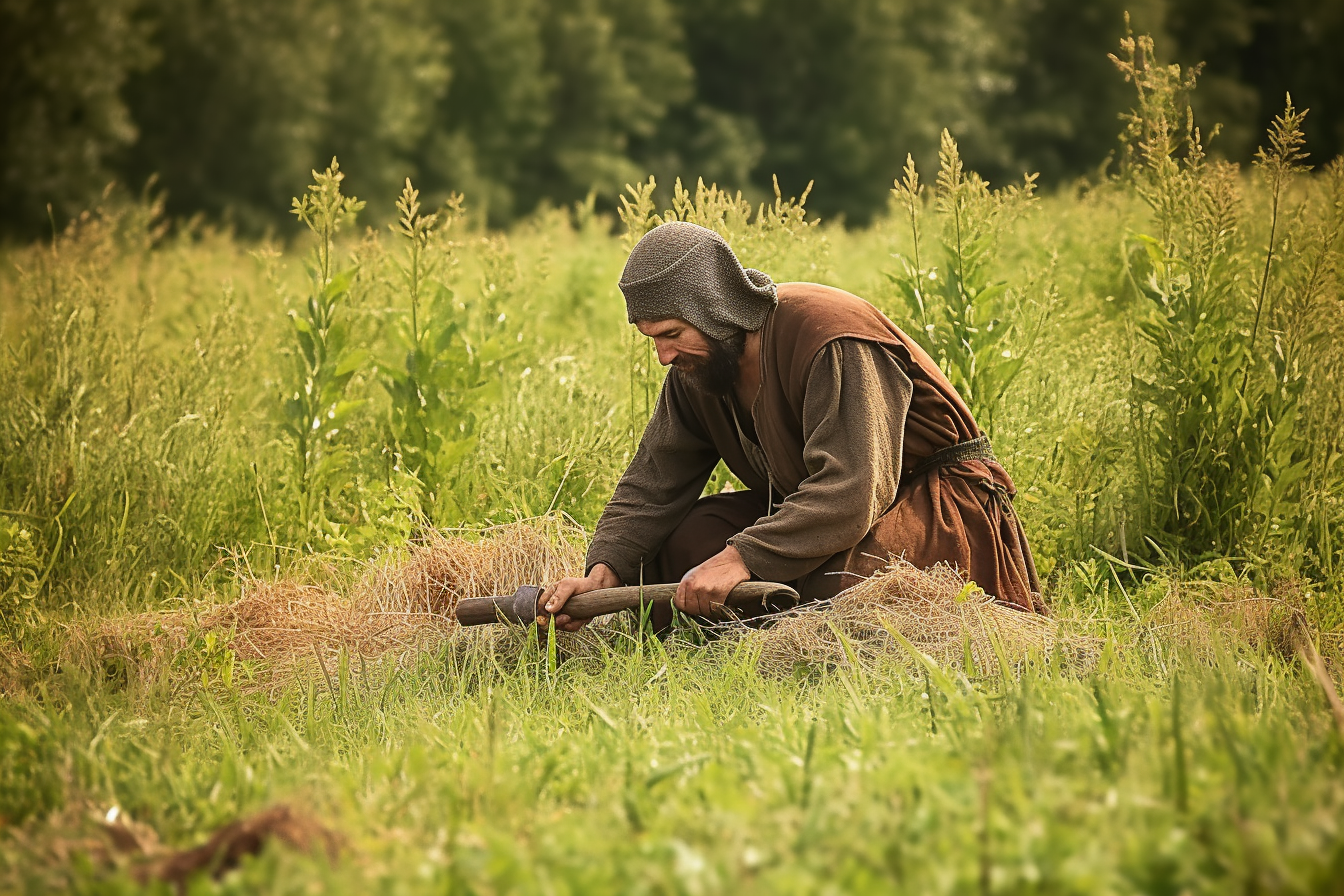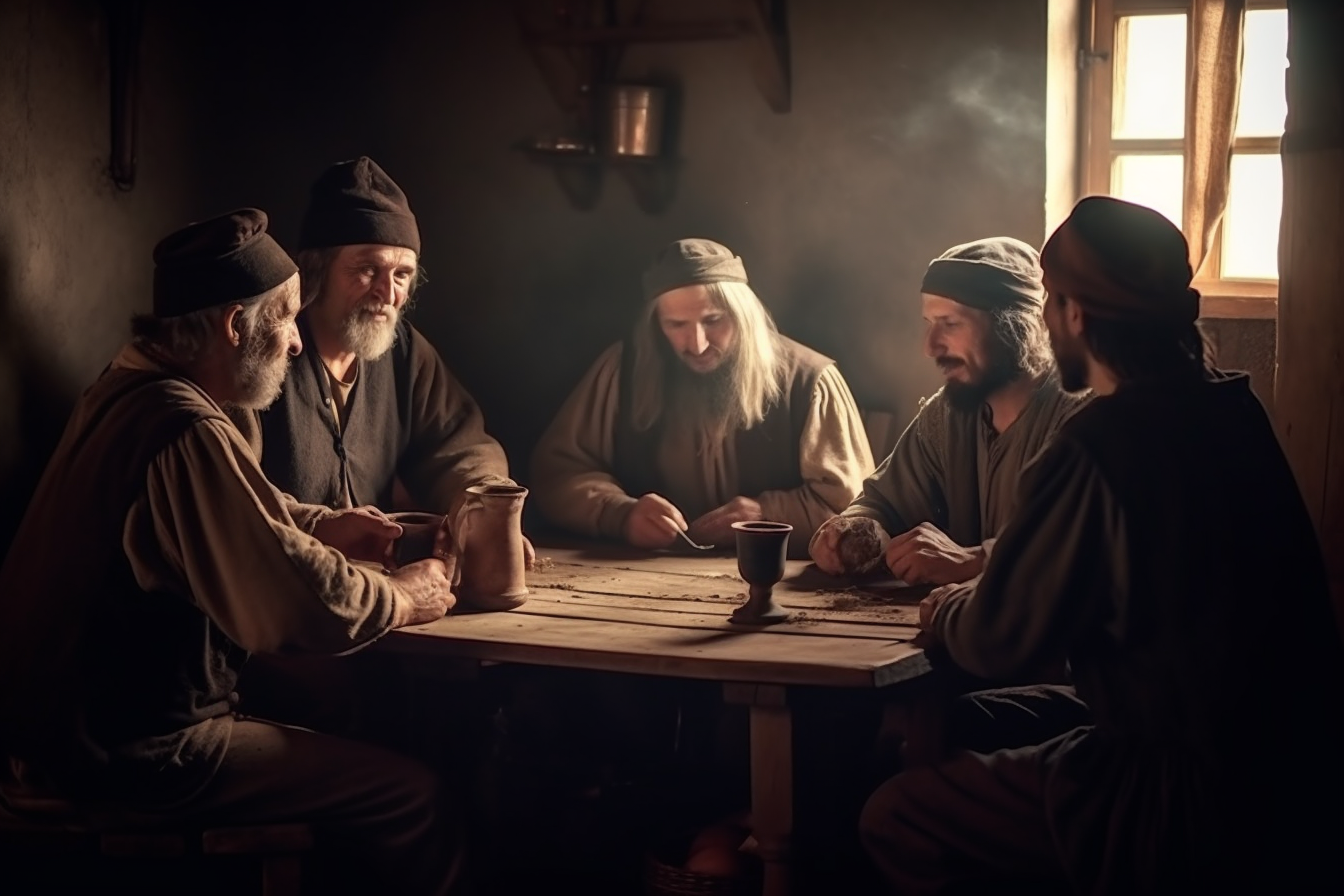Men's Clothing in Medieval Reenactment: Exploring the Authentic Attire of the Bygone Era
Step into the enchanting world of medieval reenactment, where history comes alive through meticulously recreated costumes. In this article, we delve into the fascinating realm of men's clothing in medieval reenactment, capturing the essence of an era long gone. From shoes to undergarments, pants to hoods, pouches to belts, we uncover the intricacies and significance of each element. Join us on this captivating journey as we explore the attire that brings the past back to life.
The Essential Foundation - Undergarments
Underneath the layers of medieval garments, undergarments formed the vital foundation. These often included a linen shirt, which acted as a barrier between the body and outer clothing. Linen was a common fabric, known for its breathability and comfort. It provided a base layer that absorbed perspiration and helped maintain hygiene during prolonged wear.
A Stylish and Functional Covering - Pants
Pants in medieval times were designed with both style and practicality in mind. Commonly made of wool or linen, these trousers were loose-fitting and reached down to the mid-calf or ankle. Often secured with a drawstring or tied at the waist, pants provided freedom of movement essential for knights, merchants, and peasants alike.
Protecting the Head - Hoods and Hats
Hoods and hats were essential accessories for medieval men, serving both functional and fashionable purposes. Hoods, typically made from wool or linen, provided warmth and protection from the elements. They could be pulled up to cover the head or pushed back to rest around the neck. Hats, such as the iconic wide-brimmed flat cap or the pointed Robin Hood hat, added flair to the ensemble and reflected the wearer's social status.

Completing the Look - Tunics and Surcoats
Tunics and surcoats were central elements of medieval men's clothing, worn over undergarments and pants. Tunics were knee-length garments, typically made of wool or linen, with long sleeves. They varied in color, fabric quality, and design based on social status. Surcoats, often worn over tunics, were sleeveless outer garments made from heavy fabrics like wool or velvet. These displayed intricate designs and patterns, showcasing the wearer's heraldry or personal style.
Belting It All Together - The Importance of Belts
Belts held great significance in medieval clothing, serving both practical and symbolic purposes. Made of leather or fabric, belts were worn around the waist, cinching tunics and providing a place to hang pouches, daggers, and other accessories. They were also often used to signify social status, with elaborate buckles and ornamentation denoting wealth and prestige.
Accessorizing in Style - Pouches and Bags
In medieval times, pouches and bags played a crucial role in carrying personal belongings, tools, and currency. Crafted from leather or fabric, these accessories were worn around the waist or hung from belts. Pouches came in various sizes and shapes, with drawstring or flap closures, while larger bags served as practical and stylish alternatives for carrying larger items.

Stepping into the Past - Medieval Footwear
Footwear in the middle ages ranged from simple leather shoes to more elaborate boots. Shoes were often made of durable leather, featuring sturdy soles and minimal decoration. Boots, on the other hand, offered additional protection and insulation, reaching up to the calf or knee. Both shoes and boots were essential for traversing uneven terrain and providing comfort during long days.
Colors and Fabrics - A Kaleidoscope of Medieval Hues
Medieval clothing embraced a rich tapestry of colors and fabrics. While natural dyes limited the range of hues available, shades like deep red, indigo, green, and earthy tones were prevalent. Fabrics such as wool, linen, silk, and velvet were used based on availability and social class, with more intricate weaves and patterns reserved for the upper echelons of society.
Authenticity and Attention to Detail
Medieval reenactment enthusiasts strive for authenticity in every aspect of their clothing. From meticulous research to handcrafted garments, attention to detail is paramount. Historical accuracy is achieved by studying extant garments, period illustrations, and accounts from the era. This dedication ensures that the clothing accurately reflects the fashions, styles, and social norms of the medieval period.

Conclusion
Immersing oneself in medieval reenactment is like stepping through a time portal into a bygone era. The intricate layers of clothing, from undergarments to hoods, pants to pouches, and belts to shoes, allow us to experience the authenticity and charm of medieval life. By paying homage to historical accuracy and embracing the art of reenactment, we preserve the traditions and stories of the past, keeping them alive for future generations to appreciate and admire.